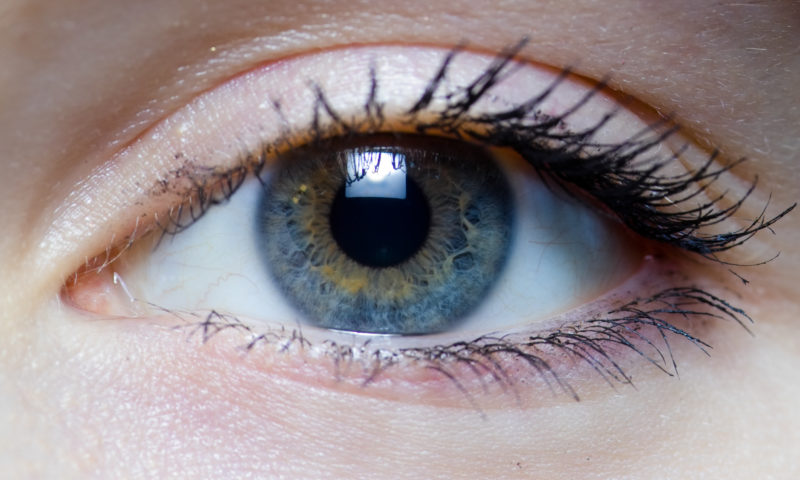Age Related Macular Degeneration
Age- related Macular Degeneration, or AMD is an incurable, but treatable eye disease that causes vision loss and blindness. The vision loss usually becomes noticeable in a person’s sixties and to worsen over time. AMD is the most common cause of vision loss in older people, and 7% of the general population over age 75 has some form of AMD. Specific variants of different genes are present in most people who suffer from macular degeneration, which means genetic factors contribute much to the development of AMD, along with some environmental factors such as age, diet and medical history. Early detection is key to slowing the progression of the disease, and there are eye exams available to test for AMD.
The average chance for developing AMD for the general population is 7%. The heritability of AMD varies from 45% to 71%. Most people who develop AMD have genetic variants that are associated with this disease. Although you can’t change risk factors such as age and genetics, you can significantly reduce your risks through your diet, lifestyle and environment.
About the Gene
The rs1061147 marker in the CFH gene is associated with influencing AMD. The CFH gene is known to be one of the greatest genetic risk factors for AMD. The CFH gene encodes a protein that regulates clearing out pathogens and cellular debris. If this system malfunctions, it can lead to chronic inflammation and cellular damage that is thought to damage eye tissue as well.
What you can do to decrease your risk
Based on your genotype, you have a low risk for Age-related Macular Degeneration. It would be wise to maintain healthy lifestyle habits to protect yourself from the odds.
➣ Get routine eye exams after the age of 50 and know the symptoms Early detection and awareness is key to preventing or slowing the disease.
➣Do not smoke Smoking is one of the strongest and best known environmental risk factors for AMD. Smokers have up to three times increased risk compared to non- smokers.
➣Wear Sunglasses and limit direct UV and blue light exposure to the eyes Research suggests that UV light and blue light increases AMD risk
➣ Eat dark leafy greens and food with antioxidants Research suggests that antioxidants and vitamins such as vitamin C, E, beta carotene and zinc slows the progression of AMD. Kale, spinach and colorful vegetables are good sources of antioxidants and necessary vitamins.
➣Learn your family history A family history of AMD increases your risk factor substantially.
➣ Eat fish at least twice a week or eat daily omega-3 supplements People who eat fish 2-3 times a week have a lower risk for AMD. Fish contain omega-3 which is a crucial nutrient for eye and heart health. Fish like salmon have the highest Omega-3 content.
➢ Ask your doctor about supplements If you believe you are at a higher risk for AMD there are supplements proven to slow the progression of AMD that your doctor can prescribe

